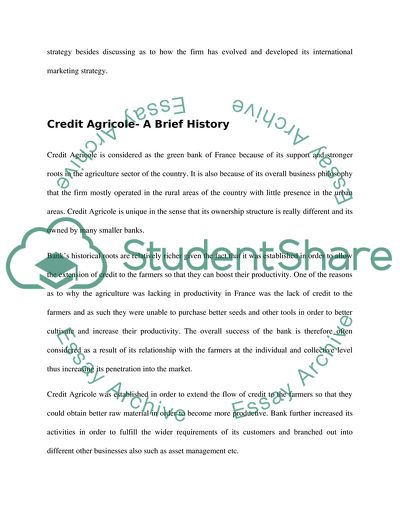Cite this document
(“The Major Factors of the Credit Agricole Essay Example | Topics and Well Written Essays - 2500 words - 1”, n.d.)
Retrieved from https://studentshare.org/marketing/1408589-company-crdit-agricole
Retrieved from https://studentshare.org/marketing/1408589-company-crdit-agricole
(The Major Factors of the Credit Agricole Essay Example | Topics and Well Written Essays - 2500 Words - 1)
https://studentshare.org/marketing/1408589-company-crdit-agricole.
https://studentshare.org/marketing/1408589-company-crdit-agricole.
“The Major Factors of the Credit Agricole Essay Example | Topics and Well Written Essays - 2500 Words - 1”, n.d. https://studentshare.org/marketing/1408589-company-crdit-agricole.


